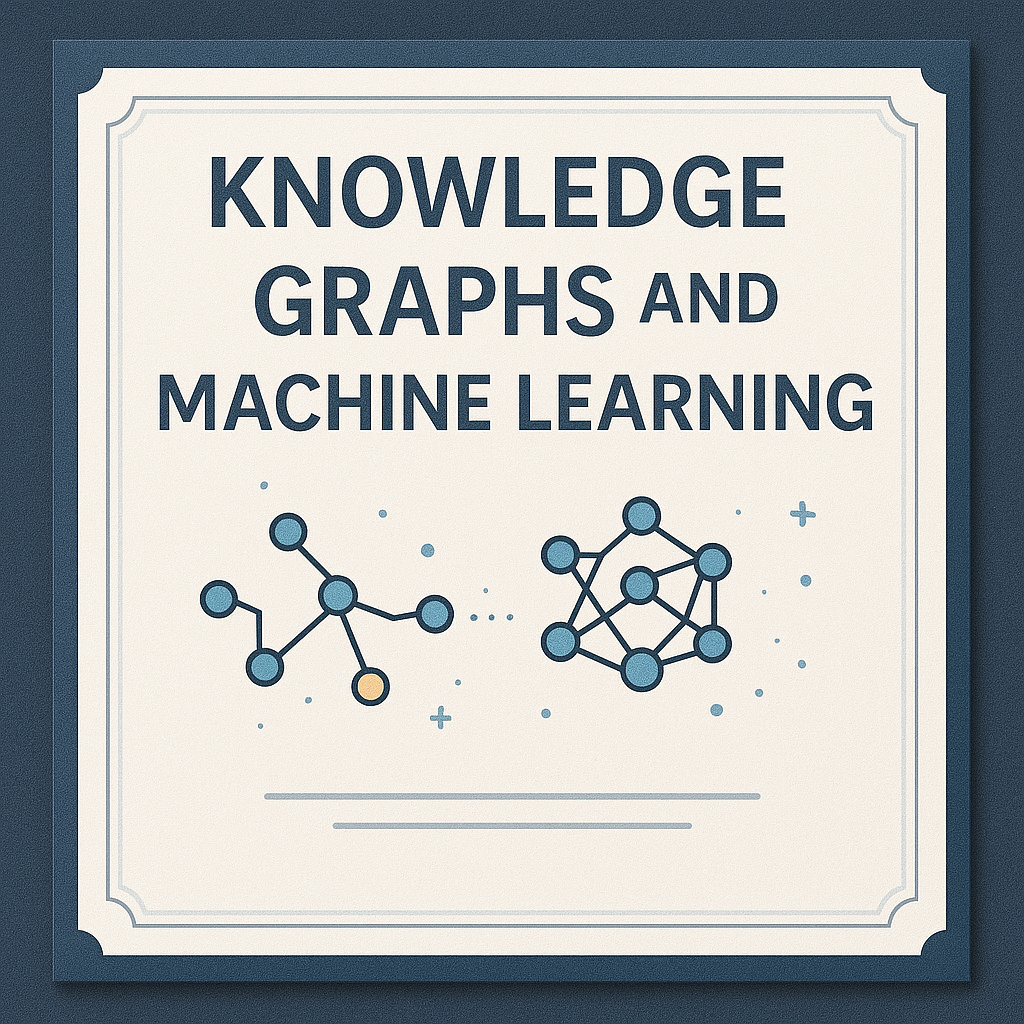This advanced course explores the intersection of knowledge graphs with AI and machine learning, a frontier area driving the next generation of intelligent applications. Participants will learn how knowledge graphs can provide rich contextual data for machine learning models and how ML techniques can in turn enrich and extend knowledge graphs. Key topics include knowledge graph embeddings, graph neural networks, and using knowledge graphs for improved NLP and recommendation systems. Given that combining machine learning with knowledge graphs can greatly enhance NLP and AI (knowledge graphs are essential for semantic and explainable AI strategies), this course prepares professionals to build AI systems that are more data-aware, explainable, and context-driven. (Attendees should have a good grasp of semantic technologies and a basic understanding of machine learning concepts.)
Curriculum:
Module 1: Knowledge Graphs in AI Overview – The role of knowledge graphs in artificial intelligence and cognitive systems; how semantic knowledge provides background knowledge for ML, and review of semantic AI use cases (e.g., intelligent assistants, recommenders).
Module 2: Knowledge Graph Embeddings – Techniques to transform graph-based knowledge into vector representations that ML models can consume. Cover popular algorithms (TransE, DistMult, Graph2Vec, etc.), their purposes (like link prediction or entity similarity), and hands-on generation of embeddings from a sample knowledge graph.
Module 3: Graph Machine Learning – Introduction to Graph Neural Networks (GNNs) and deep learning on graph-structured data; how GNNs (like Graph Convolutional Networks) can be applied to knowledge graphs for node classification or link prediction, with examples using libraries (PyTorch Geometric, DGL).
Module 4: Knowledge-Augmented NLP – How knowledge graphs enhance natural language processing tasks: using knowledge bases for entity linking, disambiguation, question answering, and as a source for retrieval-augmented generation (combining LLMs with knowledge graphs for better factual accuracy).
Module 5: Reasoning and Explainable AI – Combining symbolic reasoning with statistical ML: using ontologies and rules to improve machine learning outputs and to provide explanations (e.g., an AI system using a medical ontology to explain a diagnosis recommendation).
Module 6: Tools and Frameworks for KG + ML – Overview of tools that facilitate the integration of KGs with ML (such as Neo4j’s Graph Data Science library, TensorFlow Knowledge Graph Hub, or frameworks for semantic embeddings), and how to incorporate them into ML pipelines.
Module 7: Case Studies and Applications – Real-world applications of knowledge-infused ML (recommendation engines leveraging knowledge graphs, fraud detection with network data, etc.), and a final project where learners design a simple prototype that uses a knowledge graph to improve an ML task (for example, enhancing a recommendation model with knowledge graph data).
